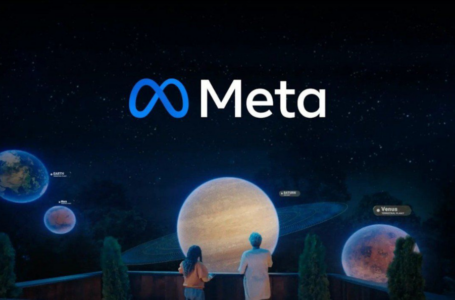Unveiling Layer 3 Blockchains: Transforming the Crypto Industry
Layer 3 blockchains have emerged as a game-changer in the world of cryptocurrencies, offering unparalleled speed, scalability, and security. These advanced blockchain solutions are poised to revolutionize the crypto industry, addressing the long-standing challenges associated with layer 1 and layer 2 blockchains. By building on top of existing blockchain networks, layer 3 blockchains introduce a new level of efficiency and flexibility, paving the way for widespread adoption and transformative applications. In this article, we will delve into the intricacies of layer 3 blockchains and explore their transformative potential in the crypto industry.

Understanding Layer 3 Blockchains: Revolutionizing the Crypto Industry
Layer 3 blockchains represent the next evolutionary step in the blockchain ecosystem. While layer 1 blockchains, like Bitcoin and Ethereum, provide the foundation for decentralized transactions and smart contracts, they often suffer from scalability limitations and high transaction fees. Layer 2 solutions, such as Lightning Network and sidechains, were introduced to alleviate these issues, but they still rely on the underlying layer 1 blockchain for security and finality.
Layer 3 blockchains, on the other hand, are designed to operate independently while leveraging the security of the layer 1 blockchain. They offer faster transaction processing times, significantly higher throughput, and enhanced privacy features. By offloading computation and storage to layer 3, these blockchains can achieve unprecedented scalability without compromising on security. This breakthrough technology opens up a vast array of possibilities for decentralized applications (dApps), decentralized finance (DeFi), and other use cases.
Exploring the Transformative Potential of Layer 3 Blockchains
Layer 3 blockchains have the potential to transform the crypto industry in several profound ways. One of the most significant benefits is the ability to build complex decentralized applications with ease. With layer 3, developers can create dApps that offer seamless user experiences, high performance, and enhanced privacy protection. This opens up new avenues for innovation and adoption, as the limitations of previous blockchain solutions are overcome.
Furthermore, layer 3 blockchains enable the creation of scalable and efficient decentralized finance platforms. DeFi has gained tremendous popularity in recent years, but the existing blockchain infrastructure often struggles to handle the increasing demand. Layer 3 blockchains provide the necessary infrastructure to scale DeFi applications, allowing for faster and cheaper transactions, improved liquidity, and enhanced security.
Additionally, layer 3 blockchains can facilitate interoperability between different blockchain networks. This means that assets and data can be seamlessly transferred and utilized across multiple blockchains, enabling cross-chain transactions and collaborations. This interoperability not only enhances the usability of cryptocurrencies but also promotes a more interconnected and efficient crypto ecosystem.
As layer 3 blockchains continue to evolve and gain traction, they hold immense potential to revolutionize the crypto industry. From solving scalability issues to enabling complex dApps and scalable DeFi platforms, layer 3 blockchains are poised to transform the way we interact with digital assets and blockchain technology. With their ability to operate independently while leveraging the security of layer 1 blockchains, layer 3 solutions bring us one step closer to realizing the full potential of cryptocurrencies and decentralized applications. As the crypto industry continues to mature, layer 3 blockchains will undoubtedly play a pivotal role in shaping its future.
AllIn1Bitcoins works diligently to offer impartial and trustworthy data on cryptocurrency, finance, trading, and stocks. Nonetheless, we are unable to furnish financial counsel and encourage users to undertake their own inquiries and due diligence.












